Traditional Nutritionist Alternatives: Healthy Eating on Your Own
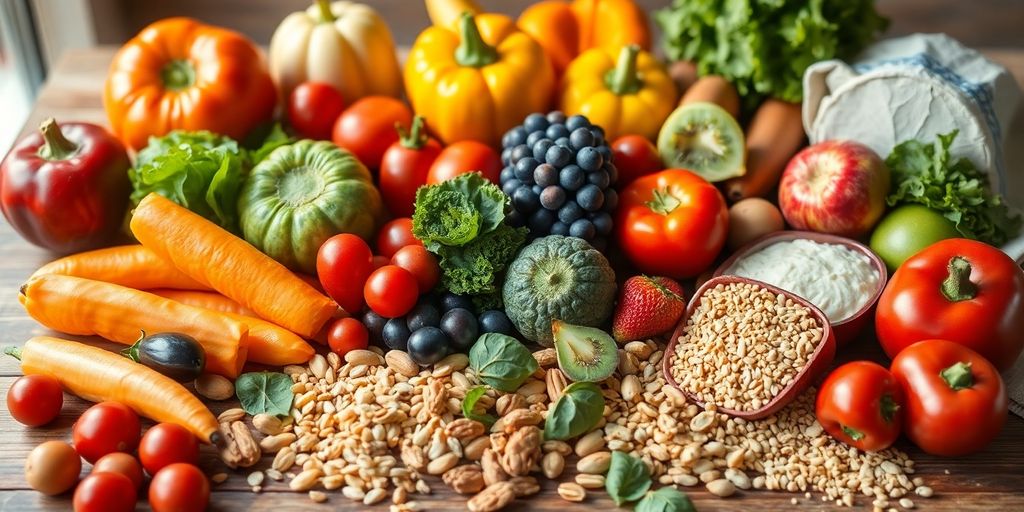
In today’s world, many people are looking for ways to eat healthier without relying on traditional nutritionists. This article explores the idea of Traditional Nutritionist Alternatives: Healthy Eating on Your Own, focusing on how you can make informed food choices that support your health. Whether you want to embrace whole foods, practice mindful eating, or simply learn how to cook more at home, there are plenty of options available to you. Let’s dive into some practical strategies for taking charge of your nutrition and creating meals that nourish your body.
Key Takeaways
- You can eat healthily without a nutritionist by understanding whole foods and making simple swaps.
- Incorporating more fruits and vegetables into your meals is a straightforward way to boost nutrition.
- Planning meals ahead of time can save you stress and help you stay on track with your eating goals.
- Mindful eating encourages you to pay attention to your hunger cues and enjoy your food more fully.
- Exploring plant-based options can add variety to your diet and improve your overall health.
Understanding Traditional Nutritionist Alternatives

Defining Traditional Nutrition
Traditional nutrition often involves seeking advice from registered dietitians or nutritionists who provide personalized dietary plans and guidance. These professionals typically have formal education and certifications. They assess your health status, dietary habits, and lifestyle to create a plan tailored to your needs. However, it’s not the only path. Many people are exploring alternative routes to achieve their health goals. Understanding what traditional nutrition entails helps you appreciate the differences and potential benefits of self-guided approaches. It’s about knowing the baseline before you branch out.
Benefits of Self-Guided Nutrition
Going it alone with your nutrition can be surprisingly rewarding. For starters, it’s often more affordable than regular visits to a nutritionist. You also have complete control over your dietary choices and can adjust your plan as you learn more about your body’s needs. Self-guided nutrition encourages personal responsibility and can lead to a deeper understanding of food and its impact on your health. Plus, you can learn at your own pace, focusing on areas that interest you most. It’s a flexible approach that fits into your lifestyle, not the other way around. For example, you can focus on plant-based options and learn more about them.
Common Misconceptions About Nutritionists
There are a few things people often get wrong about nutritionists. One is that they’re all the same – qualifications and approaches can vary widely. Another misconception is that seeing a nutritionist guarantees instant results. It takes time, effort, and consistency to see changes. Also, some people think nutritionists are only for those with serious health problems, but they can help anyone improve their eating habits. Finally, many believe that nutritionists prescribe restrictive diets, but the best ones focus on balanced, sustainable changes.
It’s important to remember that everyone’s nutritional needs are different. What works for one person might not work for another. Self-guided nutrition requires careful research, attention to your body’s signals, and a willingness to adapt your approach as needed.
Embracing Whole Foods for Better Health
What Are Whole Foods?
Okay, so what exactly are we talking about when we say "whole foods"? Basically, it’s about eating stuff that’s as close to its natural state as possible. Think fruits, vegetables, whole grains, legumes, nuts, and seeds. The idea is to minimize processing and avoid added sugars, unhealthy fats, and artificial ingredients. It’s about choosing real, unrefined food.
Benefits of Whole Foods
Why bother with whole foods? Well, for starters, they’re packed with nutrients. We’re talking vitamins, minerals, fiber, and antioxidants. All that good stuff your body craves. Eating more whole foods can lead to:
- Improved digestion
- Better energy levels
- Reduced risk of chronic diseases
- Healthier weight management
Eating whole foods isn’t just about what you are eating, but also what you aren’t. By focusing on unprocessed options, you naturally cut out a lot of junk that can drag you down.
How to Incorporate Whole Foods into Your Diet
Alright, so you’re sold on the idea. Now what? Here’s the thing: you don’t have to overhaul your entire diet overnight. Small changes can make a big difference. Here are a few ideas:
- Start with breakfast: Instead of sugary cereal, try oatmeal with berries and nuts. You can find some great whole grain options at the store.
- Snack smarter: Swap processed snacks for fruits, vegetables with hummus, or a handful of almonds.
- Read labels: Get in the habit of checking ingredient lists. The fewer ingredients, the better.
- Cook at home more often: This gives you control over what goes into your food. It doesn’t have to be fancy – simple meals can be just as nutritious.
Practical Tips for Healthy Eating
Meal Planning Strategies
Planning meals ahead of time can really set you up for success. It doesn’t have to be super complicated. Start small, maybe just plan your dinners for the week. Think about what you already have in your pantry and fridge to avoid food waste. Consider using themes for each night, like "Meatless Monday" or "Taco Tuesday," to make planning easier.
Here’s a simple way to get started:
- Pick a day to plan (e.g., Sunday).
- Check your schedule for the week.
- Write down your meals.
- Make a grocery list based on your meal plan.
Smart Grocery Shopping
Grocery shopping smart is key to healthy eating. Stick to your list to avoid impulse buys. Shop the perimeter of the store where the fresh produce, dairy, and meats are usually located. Read labels carefully to check for added sugars, sodium, and unhealthy fats. Don’t go shopping when you’re hungry, or you’ll end up with a cart full of junk food. Consider balanced snack choices to avoid overeating.
Cooking at Home Made Easy
Cooking at home doesn’t have to be a chore. Start with simple recipes and gradually work your way up to more complex dishes. Batch cooking can save you time during the week. Cook a big pot of soup or chili on the weekend and portion it out for lunches or dinners. Use your slow cooker or Instant Pot to make easy, hands-off meals. Keep your pantry stocked with staples like canned beans, whole grains, and spices so you can whip up a healthy meal anytime.
Cooking at home allows you to control the ingredients and portion sizes, leading to healthier meals. It can also be a fun and relaxing activity. Experiment with new recipes and flavors to keep things interesting.
Building a Balanced Plate
Understanding Portion Sizes
Okay, so portion sizes. This is where a lot of us get tripped up. It’s not just about filling your plate; it’s about how much of each thing you’re putting on there. Think of your plate as a guide, not a container to be filled to the brim. It’s easy to underestimate how much we’re actually eating, especially with things like pasta or rice. Using smaller plates can be a surprisingly effective trick. Also, pay attention to serving sizes listed on food packaging – they’re there for a reason, even if they seem smaller than what you’d normally dish out. The Eatwell Guide can be a good starting point.
Choosing the Right Ingredients
This is where the fun begins! It’s all about making smart swaps and picking ingredients that pack a nutritional punch. Instead of white bread, go for whole grain. Instead of fried chicken, maybe try grilled fish or beans. It’s about making conscious choices. Think about adding more vegetables and fruits to your plate.
Here are some ideas:
- Swap white rice for brown rice or quinoa.
- Choose lean proteins like chicken breast or tofu over processed meats.
- Load up on colorful veggies like broccoli, carrots, and bell peppers.
Creating Colorful Meals
Eating healthy doesn’t have to be boring! One of the easiest ways to ensure you’re getting a variety of nutrients is to make your plate as colorful as possible. Different colors often indicate different vitamins and minerals. A plate full of beige? Probably not the healthiest. A plate with reds, greens, oranges, and purples? Now we’re talking!
Think of it like painting a picture with food. The more colors you use, the more interesting and nutritious your meal will be. Plus, it just looks more appealing, which can make you more excited to eat healthy.
Here’s a simple way to think about it:
- Red: Tomatoes, peppers, strawberries
- Orange: Carrots, sweet potatoes, oranges
- Green: Spinach, broccoli, kale
- Purple/Blue: Blueberries, eggplant, purple cabbage
Mindful Eating Practices
The Importance of Mindfulness
Mindfulness is all about being present in the moment, and that includes when you’re eating. It’s easy to scarf down a meal while distracted by your phone or the TV, but that means you’re missing out on the experience of tasting and enjoying your food. Mindful eating can transform your relationship with food, helping you to make healthier choices and feel more satisfied with your meals. It’s not just about what you eat, but how you eat.
Techniques for Mindful Eating
There are several simple techniques you can use to practice mindful eating:
- Eliminate distractions: Turn off the TV, put away your phone, and focus solely on your meal.
- Engage your senses: Notice the colors, smells, and textures of your food. Take a moment to appreciate its presentation.
- Chew slowly and deliberately: Pay attention to the flavors and textures as you chew. This gives your body time to register fullness.
- Pause between bites: Put your fork down and take a breath. This helps you to avoid overeating.
Mindful eating isn’t about restricting what you eat; it’s about changing how you eat. It’s about cultivating awareness and appreciation for your food, which can lead to healthier habits and a more positive relationship with eating.
Listening to Your Body
One of the most important aspects of mindful eating is learning to listen to your body’s signals. Are you truly hungry, or are you eating out of boredom or stress? Pay attention to your hunger and fullness cues. Stop eating when you’re satisfied, not stuffed. Learning to differentiate between emotional hunger and physical hunger is key. Practicing mindful eating can help prevent binge eating behaviors.
Exploring Plant-Based Options
Benefits of a Plant-Based Diet
So, you’re thinking about eating more plants? Awesome! It’s not just a trend; there are some real upsides. For starters, plant-based diets are often packed with fiber, which is great for your gut and can help keep you feeling full. Plus, you’re likely to get a ton of vitamins and minerals from all those fruits and veggies.
Here’s a quick rundown:
- Lower risk of heart problems
- Better weight management
- Improved digestion
Switching to more plants can be a gradual thing. You don’t have to go full-on vegan overnight. Even small changes can make a difference in how you feel.
Easy Plant-Based Recipes
Okay, let’s talk food. You don’t need to be a gourmet chef to make tasty plant-based meals. Think simple. How about a hearty lentil soup? Or maybe some black bean burgers? Stir-fries are your friend – just toss in whatever veggies you have on hand with some tofu or tempeh. And don’t forget about smoothies! They’re a super easy way to get a bunch of nutrients in one go.
Here are some ideas to get you started:
- Breakfast: Oatmeal with berries and nuts
- Lunch: Quinoa salad with chickpeas and avocado
- Dinner: Vegetable curry with brown rice
Incorporating More Plants into Meals
Alright, so how do you actually do this? Start small. Add a side salad to your dinner. Swap out some of the meat in your favorite recipes for beans or lentils. Snack on fruits and veggies instead of processed stuff. It’s all about making small, sustainable changes that you can stick with over time.
Consider these simple swaps:
- Replace ground beef with lentils in pasta sauce.
- Add spinach to your morning smoothie.
- Snack on carrot sticks and hummus instead of chips.
It’s all about experimenting and finding what works for you. Don’t be afraid to try new things and get creative in the kitchen!
Hydration and Its Role in Nutrition

Importance of Staying Hydrated
Staying hydrated is super important, and honestly, it’s something a lot of us overlook. Our bodies are about 60% water, so it makes sense that we need to keep those levels up! Think of water as the ultimate multi-tasker. It helps with everything from regulating body temperature to transporting nutrients and flushing out waste. When you’re not getting enough water, you might feel tired, get headaches, or even experience digestive issues. It’s not fun, trust me.
- Aids digestion
- Regulates body temperature
- Transports nutrients
I used to think I was drinking enough, but then I started tracking my water intake. Turns out, I was way off! Now I carry a water bottle everywhere and try to refill it a few times a day. It’s made a huge difference in how I feel.
Best Beverages for Health
Okay, so water is the obvious winner here. It’s natural, has zero calories, and does the job perfectly. But let’s be real, sometimes you want something with a little more oomph. Unsweetened tea and coffee can be good choices too, offering antioxidants and a little energy boost. Just watch the caffeine if you’re sensitive! And if you’re craving something with flavor, try infusing water with fruits like berries or cucumber. It’s a game changer. You can also consider healthy drinks like milk alternatives.
Here’s a quick rundown:
| Beverage | Benefits | Considerations |
|---|---|---|
| Water | Hydration, zero calories | None |
| Unsweetened Tea | Antioxidants, mild energy boost | Caffeine content |
| Infused Water | Flavor, vitamins | None |
| Coffee | Energy boost, antioxidants | Caffeine content, potential for dependency |
Tips for Increasing Water Intake
Alright, so how do you actually drink more water? It’s easier than you think! Start by carrying a reusable water bottle with you everywhere. Set reminders on your phone to drink throughout the day. Another trick? Drink a glass of water before each meal. You’ll be surprised how quickly it adds up. And if you’re not a fan of plain water, experiment with adding fruits or herbs for flavor. Staying on top of your daily water intake is key.
- Carry a reusable water bottle.
- Set reminders to drink water.
- Drink water before meals.
Wrapping It Up
In the end, eating healthy doesn’t have to be a huge chore. You don’t need to follow strict diets or obsess over every little detail. Just focus on making small, manageable changes to your meals. Add more fruits and veggies, choose whole grains, and drink plenty of water. It’s all about finding what works for you and making it a part of your routine. Remember, it’s not about perfection; it’s about progress. So, take it one step at a time, and soon enough, you’ll find yourself enjoying a healthier lifestyle without all the stress.
Frequently Asked Questions
What is traditional nutrition?
Traditional nutrition focuses on eating whole, natural foods instead of processed ones. It emphasizes the importance of getting nutrients from fresh fruits, vegetables, grains, and proteins.
How can I benefit from self-guided nutrition?
By managing your own nutrition, you can learn about your body and what it needs. This allows you to make choices that work best for you and your lifestyle.
Are nutritionists necessary for healthy eating?
Not necessarily! While nutritionists can provide helpful advice, many people can learn to eat healthily on their own by researching and experimenting with different foods.
What are whole foods?
Whole foods are foods that are as close to their natural state as possible. This includes fresh fruits, vegetables, whole grains, nuts, and seeds, without added sugars or chemicals.
How can I start eating more whole foods?
Begin by adding more fruits and vegetables to your meals. You can also choose whole grain options instead of refined ones and try cooking at home more often.
Why is staying hydrated important?
Drinking enough water is crucial for your health. It helps your body function properly, keeps your skin healthy, and can even help control hunger.
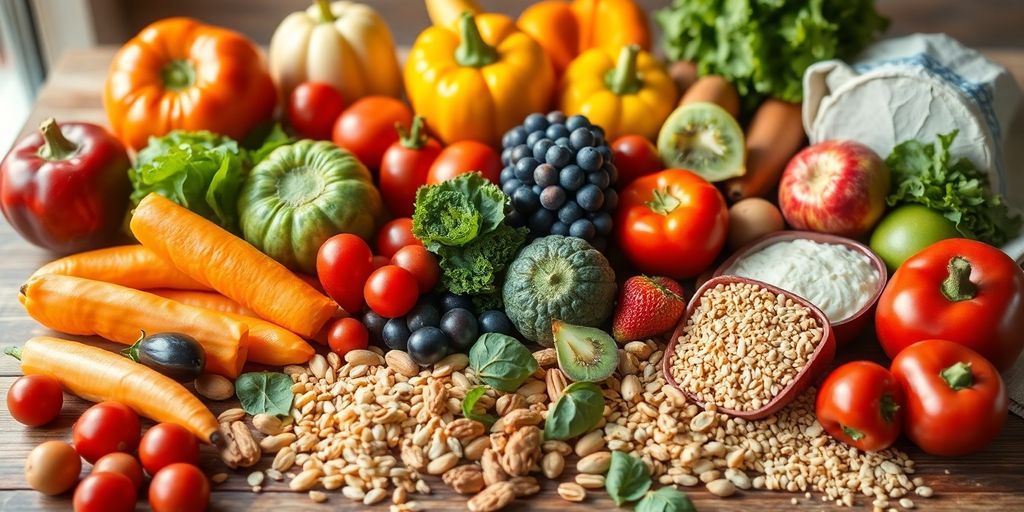

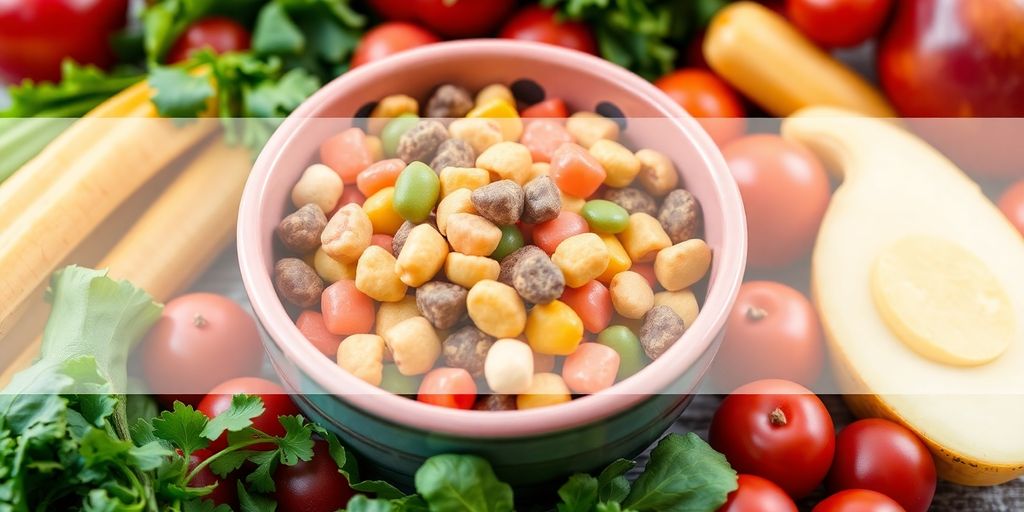
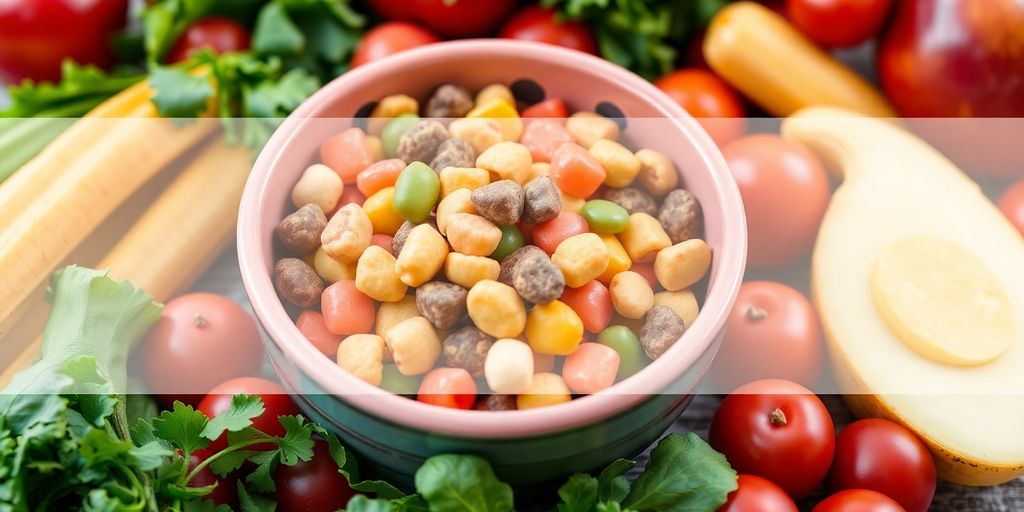



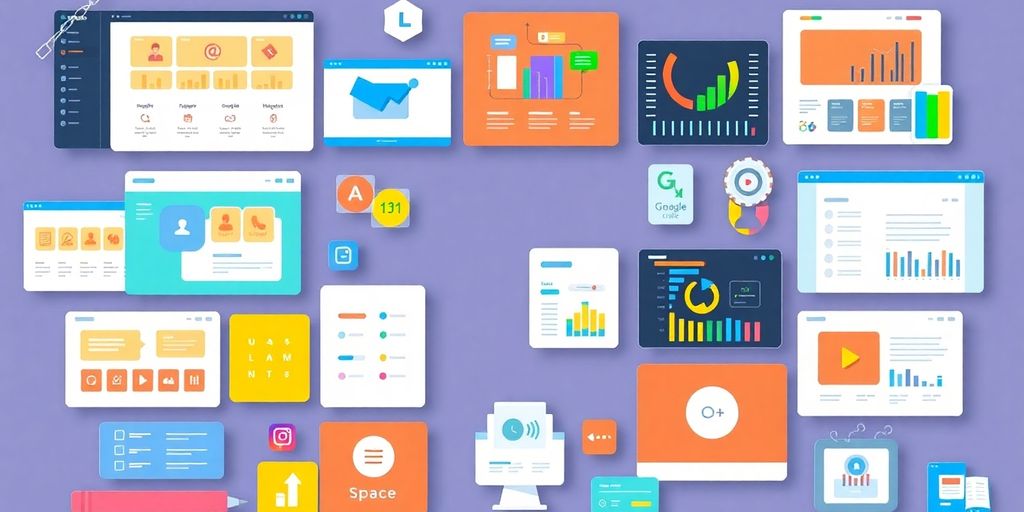
Responses